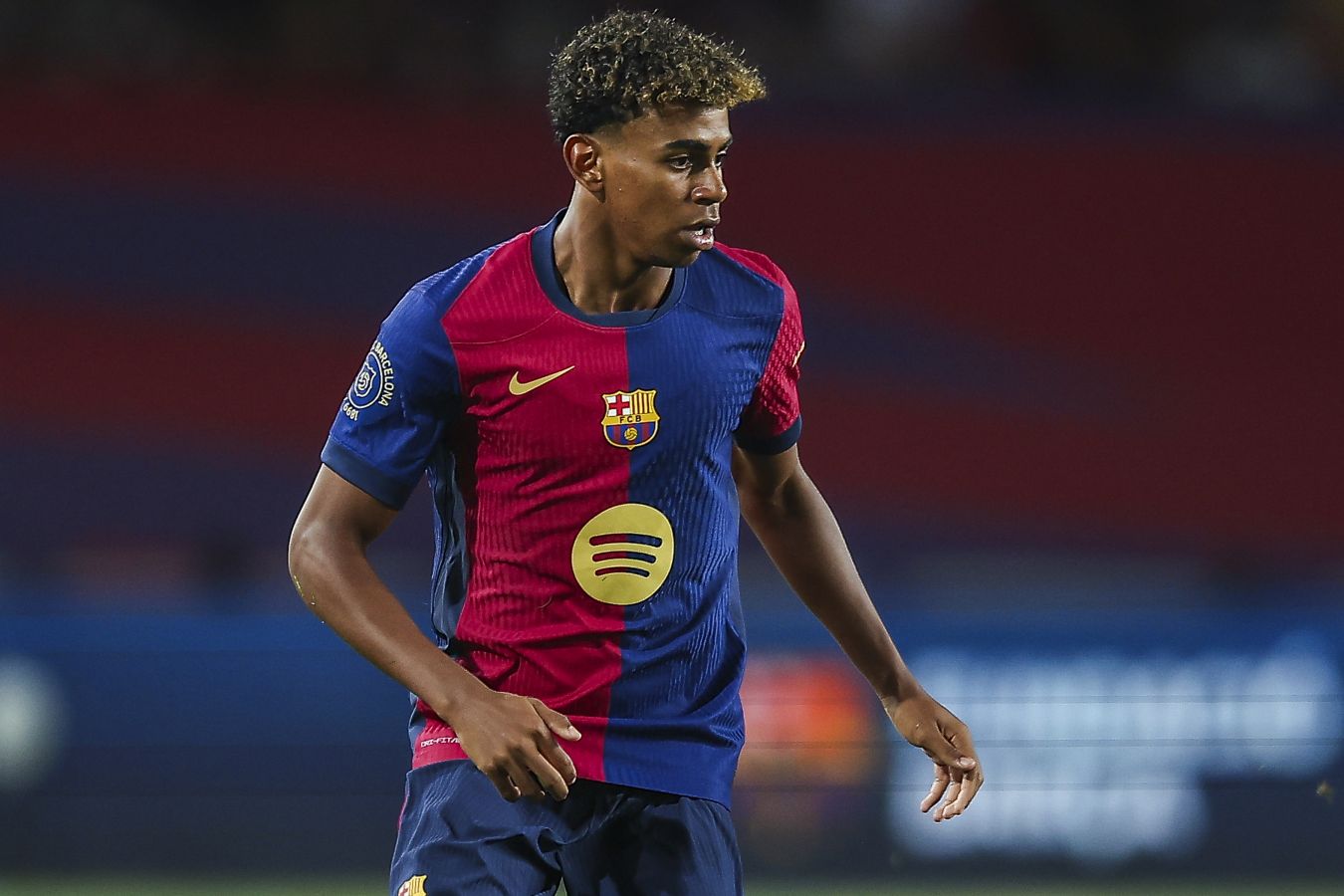Four decades ago, a remarkable lineup of the globe’s most celebrated musicians gathered at Wembley Stadium for Live Aid, aimed at raising funds to combat famine in Ethiopia.
Following the success of the Band Aid single “Do They Know It’s Christmas?”, this iconic event captured the attention of millions worldwide, leading to a legacy of documentaries, films, and even a musical.
Simultaneously, on the opposite side of London, a fundraising initiative rooted in reggae was unfolding. The charity single “Let’s Make Africa Green Again” was climbing the charts, accompanied by a star-studded benefit concert that attracted a large audience.
What was this initiative, and what prompted its inception?
On Sunday, February 24, 1985, a multitude of musicians and spectators gathered in a north London recording studio to produce a charity single.
“Over 200 individuals were present,” reminisces Leon Leiffer, a founding member of the reggae vocal ensemble The Blackstones and the driving force behind the British Reggae Artists Famine Appeal (Brafa). “I contacted artists like Aswad, Janet Kay, Trevor Walters, and Christine McNabb… There were just so many names.”
He added, “There were also curious members of the public wondering what was happening and if there had been a death, only to discover we were inviting them to join the chorus!”
Leiffer recalls how whispers of “starvation in Ethiopia” reached London’s Rastafarian community from travelers returning from Africa. However, it was Michael Buerk’s renowned news coverage that motivated him to take action.
“My thought was, we often sing about Africa, so let’s put our resources to good use and actually do something,” he explains.
Initially, Leiffer sought to organize a charity concert at the Royal Albert Hall, but after a few weeks, he shelved that idea due to competing interests.
When he saw Bob Geldof and Midge Ure unveiling their own fundraising plans, it reignited his passion.
“Their incredible concept mirrored mine precisely. The only distinction was the scale of their platform compared to mine, particularly in terms of publicity,” Leiffer elaborated.
He contemplated giving up, but his girlfriend urged him not to, insisting, “Do what you can; it’s better than doing nothing at all.”
Shortly afterward, Leiffer visited a community center in Hackney to connect with fellow reggae musician Gene Rondo.
“Gene was a Rasta man with wise thoughts. I approached him with news of the starvation in Ethiopia and mentioned that Midge and Bob were taking action, and we ought to do the same,” he recounted.
As they attempted to arrange a concert but faced challenges securing sponsorship, they pivoted towards recording a charity single, and thus “Let’s Make Africa Green Again” was born.
Finding a studio was the next hurdle. After several rejections, a chance encounter with Eddy Grant, who was standing outside his Hive Studios in Stoke Newington, led to an unexpected collaboration.
“Eddy Grant immediately showed his support, saying, ‘Leon, I know you and trust you. You can use the studio all day and I’ll provide a 24-track tape,'” Leiffer recalls.
With more outreach efforts, a call was made via the radio, and soon, many reggae artists, along with intrigued onlookers, gathered to record the track.
A distribution agreement was secured with Island Records, and a music video premiered on the BBC program Ebony, with the single hitting the shelves on April 21.
“It was significant, yet it couldn’t compare to the publicity surrounding Band Aid,” Leiffer states, noting that the coverage Brafa received in national newspapers was meager at best.
Despite being one of the top 100 hits, the single’s official chart listing amusingly misidentifies it as “Let’s Make America Green Again.” The profits from the sales were directed to the Save the Children fund for distribution in Ethiopia.
As details about Live Aid emerged, Leiffer felt even more compelled to act.
While stars like Queen, U2, and David Bowie were celebrated for their roles, some criticized the lineup for its lack of diversity.
“We felt overlooked by Bob Geldof, Midge Ure, and others for inviting certain artists to perform,” Leiffer reflected. “Aswad, Trevor Walters, Janet Kay—these artists were all chart-toppers, yet we weren’t included, as if we weren’t worthy.”
Despite acknowledging the millions raised, Leiffer expressed disappointment for being disregarded.
In response, Leiffer and Rondo set about organizing their own benefit concert, which drew over 10,000 attendees to Shoreditch Park in Hackney the following May.
“The turnout was overwhelming—people were even climbing over the fences to get in,” Leiffer remembers.
The stars featured on the Brafa single performed, alongside other notable guests who came to support the cause.
“I bumped into the famous boxer Lloyd Honeyghan before he headed to America for a championship fight, and he confidently told me, ‘I’m alright man, I’m traveling. I’m gonna win it back,'” he shared.
From their efforts, Brafa raised over £8,000, and Leiffer and his team were invited to a function held by Save the Children, attended by the charity’s patron, Princess Anne.
Sadly, their contributions faded from public memory until a recent initiative in Hackney, prompted by the aftermath of George Floyd’s death, brought attention back to “Let’s Make Africa Green Again.”
Brafa’s legacy ultimately gained recognition when it won a public vote for naming a new square next to Shoreditch Park, where the story of their efforts is now highlighted on plaques.
While Brafa’s impact may not have equalled that of Live Aid, Leiffer cherishes what they accomplished.
“They didn’t include us, so we forged our own path,” he concludes. “We take pride in having made our own contribution alongside what Live Aid achieved.”

